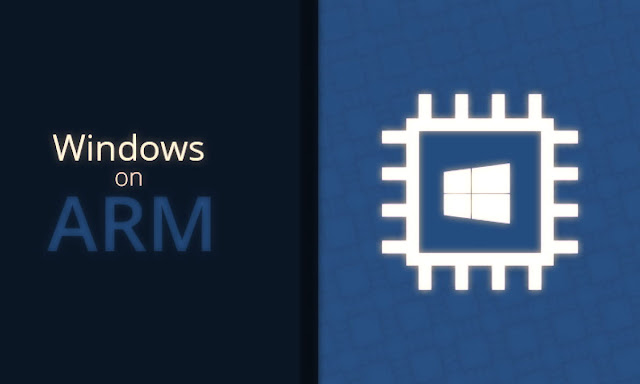Apple's commitment to its own SoCs has had a huge impact on the tech world, so much so that it has led some experts to think that Windows 10 and the jump to ARM is the only option that the Redmond giant has, and the main manufacturer's original equipment, to continue to compete effectively with the Cupertino giant.
That idea, that of Windows 10 and the jump to ARM, has the support of ex-head of the Mac division at Apple, Jean-Louis Gassée. His approach is very simple and easy to understand, he believes that Apple's A-series SoCs will offer increasing performance and that they will have a minimum consumption, that is, they will be very efficient, which will place the company of the apple in a "privileged" position, and will make x86 architecture appear "what it really is: old".
This is how forceful Jean-Louis Gassée has been, a well-known and respected professional who, of course, knows very well what he is talking about. In terms of efficiency, the chips based on the ARM architecture have been demonstrating for years that they are capable of offering very solid value, and it is true that their performance has improved significantly, so much so that the A12Z SoC present in the iPad Pro 2020 and the Mac Mini for developers is capable of outperforming MacBook Pro that Jean-Louis Gassée himself uses.
It is a simplistic but very important comparison since it allows us to verify something that a few years ago would have been impossible, to find an ARM-based chip capable of surpassing a processor integrated in a high-performance laptop such as the MacBook Pro. Yes, it is Quite an achievement, and the best thing is that the Apple SoC has a TDP of just 18 watts and a much lower production cost than its equivalents based on the x86 architecture.
Windows 10 and the jump to ARM: more performance, more autonomy, and less heat
Under the prism of Jean-Louis Gassée, ARM architecture and Apple SoCs are emerging as the best option for the good value they will offer in terms of performance, autonomy, and working temperatures. The former Apple has acknowledged that the performance of the A12Z SoC right now is not at the level that would be expected, but he explained that this is due to the impact that the Rosetta 2 emulation layer has, and is convinced that it will improve over time.
These improvements, together with the development of future architectures, will gradually displace the x86 architecture, especially in laptops, and according to Jean-Louis Gassée, both Microsoft and the large OEMs will have no choice but to reinforce their commitment to ARM if they want. aim to offer products with the same value as Apple in terms of performance, autonomy, and working temperatures.
Microsoft has been spinning that idea of Windows 10 and the jump to ARM for a while. This operating system works without problems with said architecture, although it still has some limitations that, together with the high cost of the equipment based on said configuration, have prevented its takeoff in the general consumer market, a reality that, except for surprise, will not change neither in the short nor in the medium term.
Will Apple's move to ARM mark the end of the x86 architecture? Frankly, I think not, I am convinced that both Intel and AMD will develop architectures and alternatives that will improve the value of their chips based on that architecture, in fact, we already have some examples, such as the Lakefield architecture, which combines a high-performance core with four low consumption cores, and in 2022 Alder Lake- S will arrive, which will maintain that focus, but with configurations of up to 16 cores.







![[GUIDE] Ubuntu: how to free port 53 used by systemd-resolved](https://blogger.googleusercontent.com/img/b/R29vZ2xl/AVvXsEhTnOVoFyPFdIH_O58bx2dvTOjds0TlkTktMpMg3tW7GKuhiqyPivAPPjChpHvd-2TKm8yfhrpX_VGnBjV_e5h7HYEB9Ic07hkLGIRPF-mbsh7iFMICQwmNWAxq11PYPWz16aHUjhPCPacG/w100/ubuntu-19-04-eol.jpg)

0 Comments